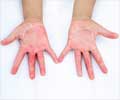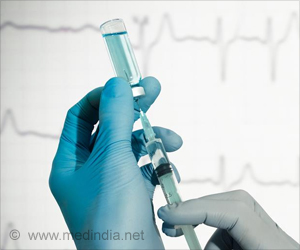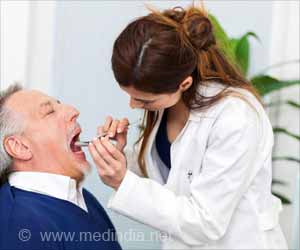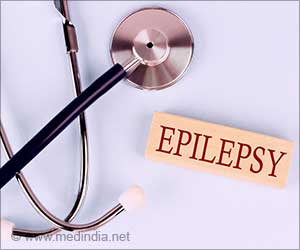Post COVID-19 resulted in rise of the incidence of non-invasive Group A Streptococcus (GAS) infections per 10,000 visits over time.

Strep A Infections Among Children in France Across 2022: A Growing Concern
The authors analyzed non-invasive GAS infections in a network of non-emergency pediatricians between January 2018 and December 2022. Clinicians evaluating children aged 15 years old and younger for tonsillopharyngitis, perianal infections, paronychia/blistering dactylitis and scarlet fever (all can be caused by GAS) were invited to perform a rapid antigen detection test (RADT) to confirm the presence of GAS infection.‘COVID-19 improvement measures were found to influence the epidemiology of non-invasive Streptococcus infections. Relaxation of pandemic measures resulted in rise of infections.
’





Incidence rates were modeled, considering two important timepoints: March 2020 (first national lockdown in France) and March 2022 (mask-wearing in schools no longer mandatory). Over the study period, 125 pediatricians recorded 262,959 episodes of infectious diseases (118,035 children; median age 2.1 years). GAS-related illnesses represented 4.3% (n=11,701) of all infections. In March 2020, the incidence of GAS diseases decreased by around 80%. Between March 2020 and March 2022, the incidence remained low, with no significant trend (Figure).
After March 2022, the incidence significantly increased (by 17% per month;), with similar patterns across all GAS-related diseases, reaching levels way above those seen pre-COVID.
Source-Eurekalert











